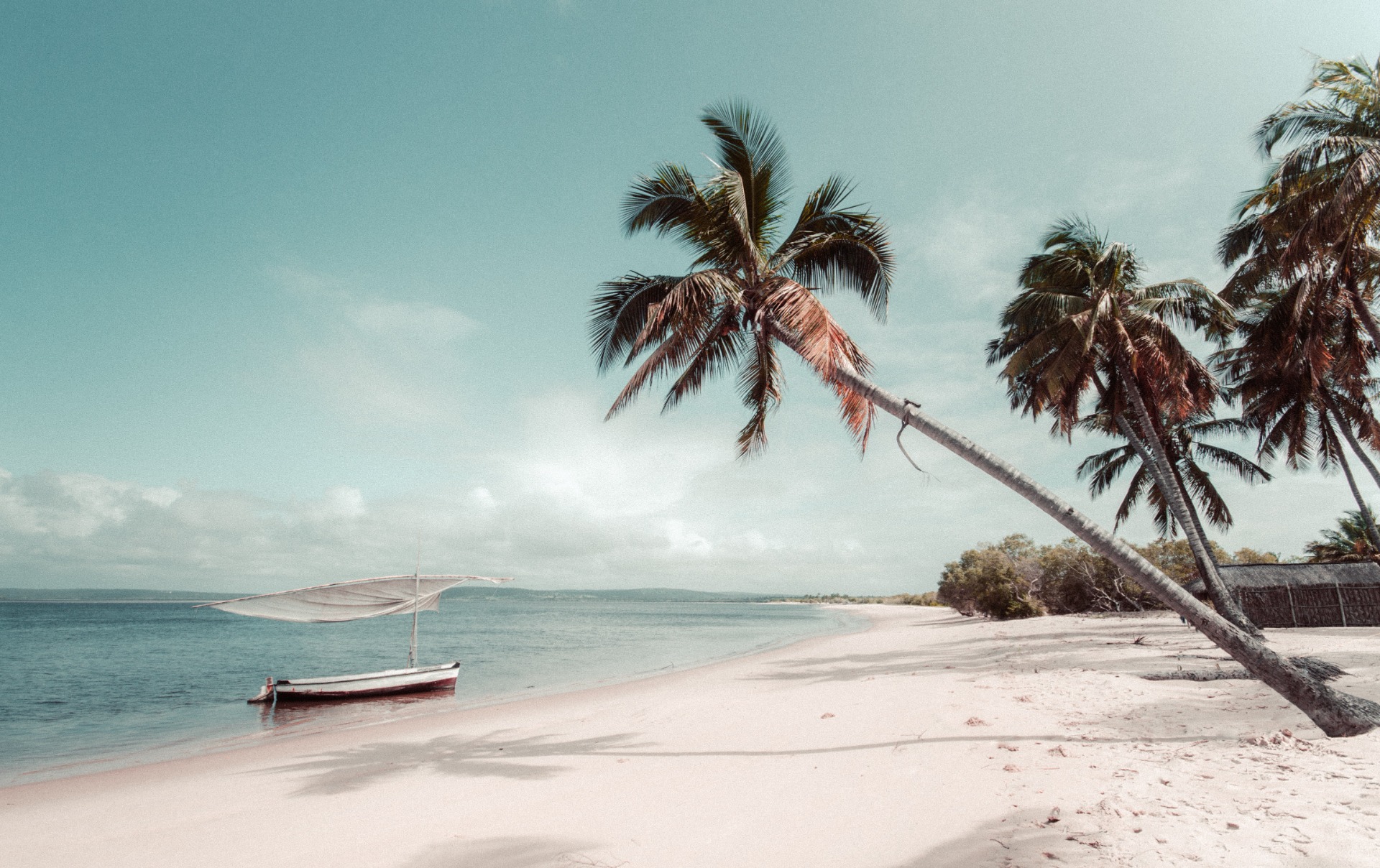
Mozambique North
Ihre Überschrift
Hier fängt Ihr Text an. Klicken Sie hier und fangen Sie an zu tippen. Sed ut perspiciatis unde omnis iste natus error sit voluptatem accusantium doloremque laudantium totam rem aperiam eaque ipsa quae ab illo inventore veritatis et quasi architecto beatae vitae dicta sunt explicabo nemo enim ipsam voluptatem.
"From War-Torn to Reborn: Mozambique's long Path to Recovery"
The 15-year civil war that followed independence from Portugal left the country and its economy considerably damaged. An incomplete post-conflict political settlement is still at the center of violence and tensions between the former warring parties – Frelimo (Front for the Liberation of Mozambique) and Renamo (Mozambican National Resistance).In August 2019, years of peace talks culminated in a new peace accord being reached.
"Mozambique's Struggle with Poverty and High Fertility Rates"
Mozambique has made great strides in terms of economic growth over the past few decades, but sadly this has not led to a reduction in poverty levels. The high fertility and mortality rates in the country mean that population growth is maintaining the high poverty rate. Natural disasters, disease and unequal wealth distribution all contribute to making life difficult for Mozambicans. With one of the world's highest birth rates (averaging more than 5 children per woman), it ranks very poorly in terms life expectancy at birth.
Inclusive Growth in Mozambique: Overcoming unequal access to public services between urban and rural areas
Given its large territory and scattered population, Mozambique faces challenges in delivering inclusive growth to its population across the country. With a population of 28.8 million – the second largest in Southern Africa – and an annual growth rate of 4%, Mozambique is projected to be the 11th most populous country on the continent by 2040. The urban population is growing rapidly. There is unequal access to public services between urban and rural areas. Most economic activity occurs along historical west-to-east transport corridors and around urban centers, which house just 30% of the total population. Accessing the remaining 70% of people living in rural areas remains difficult due to lack of infrastructure and market access, while two thirds of agricultural land remain unused or do not have adequate infrastructure for development